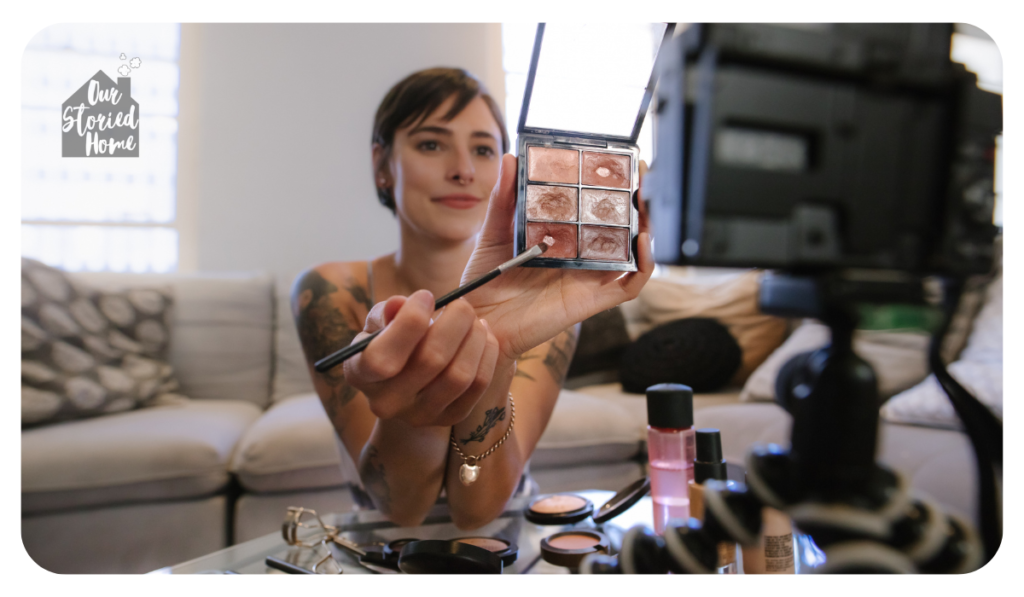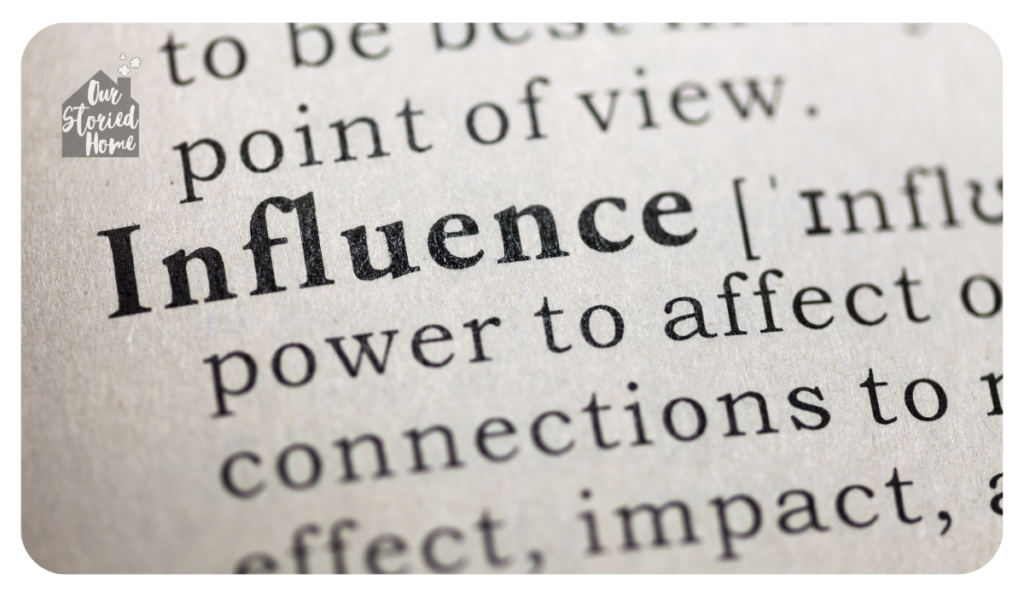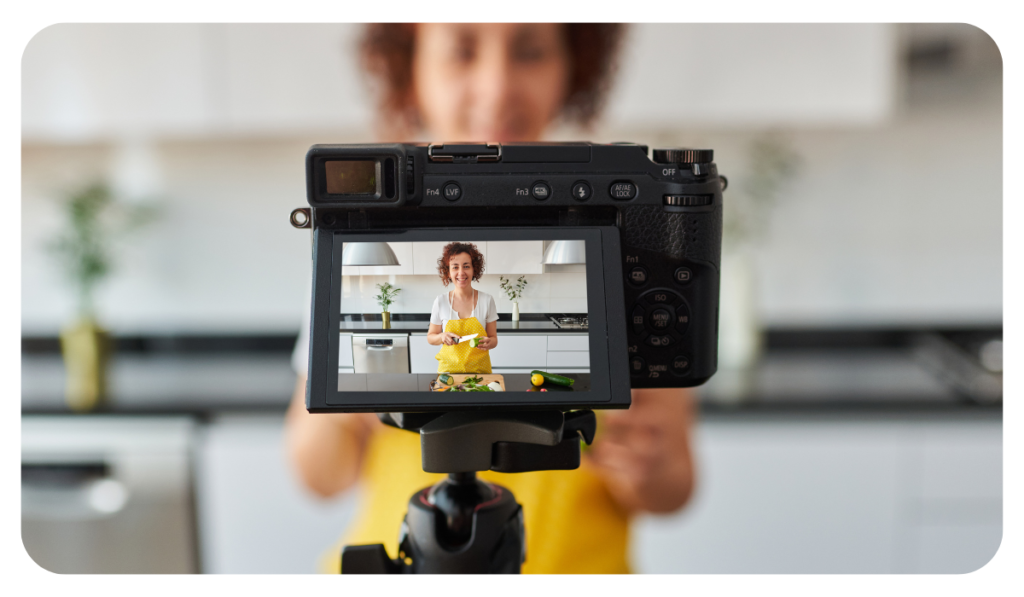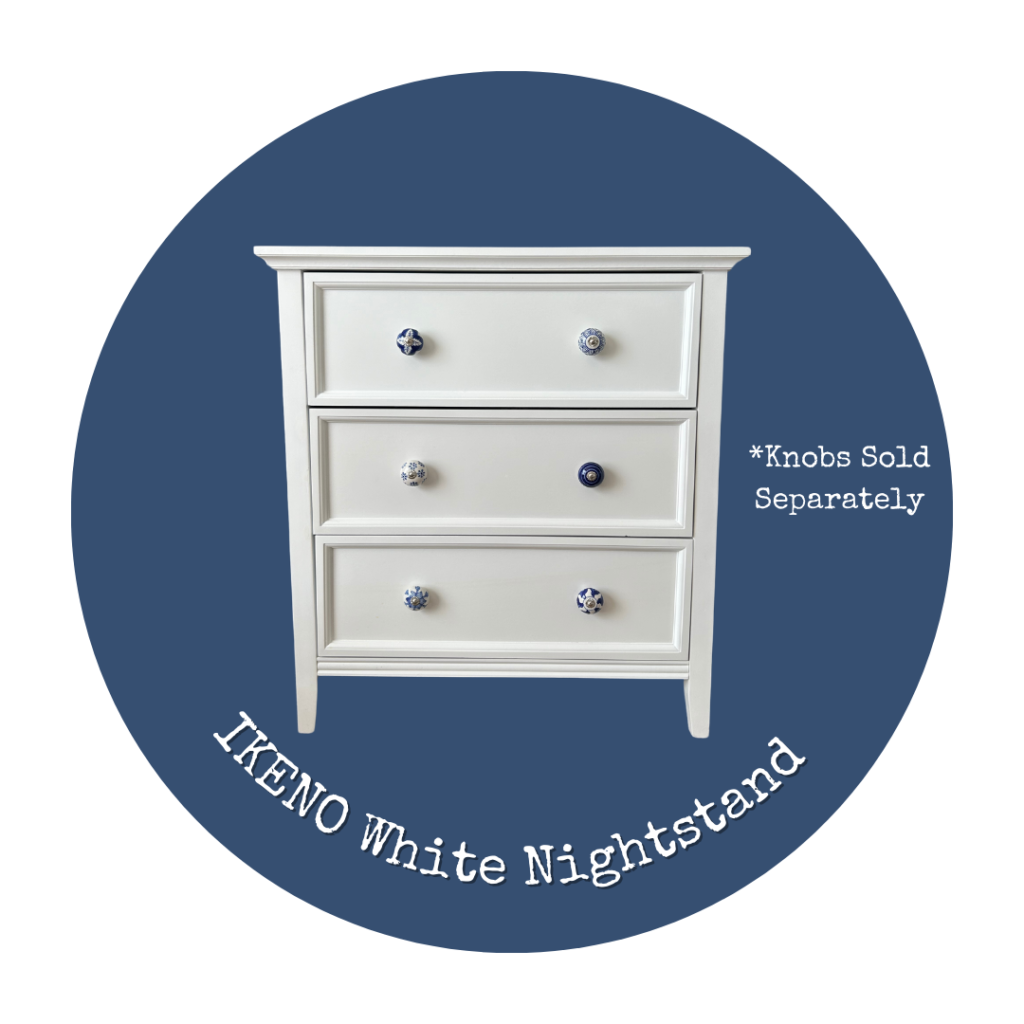The age of social media has given rise to a new breed of influencers, whose recommendations can make or break a product or service. With their glamorous lifestyles, impeccable style, and seemingly flawless recommendations, it’s no wonder that brands are falling over themselves to collaborate with these individuals. However, behind the perfectly curated feeds and high engagement numbers, a dark reality lurks: the rise of fake influencers.
In this article, we delve into the world of fake influencers and reveal the tell-tale signs to spot them in the vast sea of social media. From inflated follower counts to suspicious engagement metrics, we provide you with the essential tools to separate the wheat from the chaff.
But it doesn’t stop there. We also equip you with practical tips on how to avoid falling prey to these imposters, ensuring that your brand collaborations yield real results and genuine connections with engaged audiences. Don’t let the allure of fake influencers deceive you; it’s time to unmask their dark reality and protect your brand’s reputation.
In the ever-evolving digital landscape, influencer marketing has emerged as a powerful tool for brands to reach and engage with their target audience. The rise of social media platforms, such as Instagram, TikTok, and YouTube, has created a new generation of content creators who have amassed large and loyal followings. These individuals, known as “influencers,” have the ability to sway the purchasing decisions of their followers, making them a valuable asset for brands looking to promote their products or services.
The appeal of influencer marketing lies in its ability to tap into the trust and authenticity that influencers have built with their audiences. Consumers are increasingly skeptical of traditional advertising and are more likely to trust the recommendations of individuals they perceive as relatable and genuine. Influencers, with their intimate connection to their followers, can provide a level of credibility and authenticity that traditional advertising often lacks.
As the influencer marketing industry has grown, so too has the competition among brands to secure partnerships with the most prominent and influential figures in their respective niches. This has led to individuals who claim to be influencers, but in reality, lack the genuine engagement and influence to deliver meaningful results for brands. These “fake influencers” have emerged as a significant threat to the integrity of the industry, and brands must be vigilant in their efforts to identify and avoid them.
The rise of fake influencers poses a significant threat to the credibility and effectiveness of influencer marketing. These individuals, who may have inflated follower counts, purchased engagement, or inauthentic content, can have a detrimental impact on a brand’s reputation and marketing efforts. A REAL influencer can definitely help a brand grow and gain traction.
One of the primary dangers of fake influencers is the potential for financial losses. Brands that partner with these individuals may end up wasting valuable marketing budgets on collaborations that fail to generate meaningful results. This can be particularly damaging for smaller businesses or startups that have limited resources to invest in marketing campaigns. So many people have a small business side hustle — they can’t afford to waste money on something that isn’t effective.
Furthermore, the use of fake influencers can undermine the trust and credibility that brands have built with their target audience. When a brand partners with an individual who is perceived as inauthentic or untrustworthy, it can lead to a loss of consumer confidence and a negative impact on the brand’s reputation. This, in turn, can make it more challenging for the brand to connect with and engage its target audience in the future.
Signs of a Fake Influencer
Identifying fake influencers can be a challenging task, as they often go to great lengths to appear legitimate. However, there are several telltale signs that can help you spot these imposters:
Suspicious follower growth: Rapid and unnatural follower growth, particularly in a short period of time, can be a red flag. Fake influencers may use bots or other unethical tactics to inflate their follower count, rather than organically building a following. Be careful of “influencers” who hide their followers and people they follow.
Sure, they can say it gives their followers “privacy” and also gives themselves privacy, but isn’t that the whole point of being an influencer? Hiding such information doesn’t mean an influencer is fake, but it should raise a few flags, especially if you are already suspicious. Be sure to look at other factors if your spidey-sense is on high alert. The other possibility is no increase in traffic at all, or you’re unable to see if the influencer’s traffic is growing.
Inconsistent engagement: Fake influencers often have high follower counts but low engagement rates, such as a low number of likes, comments, or shares relative to their audience size. This can be a sign that their followers are not genuine or engaged.
Generic or scripted content: Fake influencers may produce content that lacks authenticity and appears to be generic or scripted, rather than reflecting their genuine interests and personality. What does the content consist of? Is the content meaningful? Is it purposeful? Does the content contain useful information? Is the influencer actually influencing the audience?
By that I mean, are they showing content about specific products in their posts? Are they showing you links where to purchase products? Are there promo codes? If they aren’t showing you products (which could be in any niche — it doesn’t have to be the ones you think of immediately like fashion and make up) or giving you product links/promo codes to purchase products, those are additional red flags. You should be able to tell the brands the influencer is representing just by looking at the content of the social media account. If you can’t? Yep, you guessed it — another red flag.
Lack of audience interaction: Genuine influencers tend to have a high level of interaction with their followers, responding to comments, answering questions, and engaging with their community. Fake influencers may have minimal or impersonal interactions with their audience. What do these engagements consist of? Is it the same three people over and over again? Are they asking legit questions to the influencer and getting good feedback in return? Or are they just gross dudes saying inappropriate things to women in bathing suits? That does nothing to further a brand or help the influencer themselves.
The impact of fake influencers on brands can be far-reaching and devastating. When a brand partners with a fake influencer, it can lead to a range of negative consequences that can undermine the brand’s marketing efforts and damage its reputation.
One of the most significant impacts is the financial loss that can result from collaborating with a fake influencer. Brands may invest significant resources in these partnerships, only to find that the engagement and sales generated are far below their expectations. This can be particularly damaging for smaller businesses or startups that have limited marketing budgets.
Furthermore, the use of fake influencers can erode consumer trust in the brand. When a brand is perceived as working with individuals who are not authentic or trustworthy, it can lead to a loss of credibility and a negative impact on the brand’s reputation. This, in turn, can make it more challenging for the brand to connect with and engage its target audience in the future.
How to Spot Fake Influencers
Identifying fake influencers requires a keen eye and a willingness to dig deeper into an influencer’s metrics, engagement patterns and online persona. Here are some key strategies to help you spot fake influencers:
Tools to Help Identify Fake Influencers
In addition to the strategies mentioned above, there are various tools available that can help you identify fake influencers. These tools can provide valuable insights into an influencer’s metrics, engagement patterns, and potential for fraud.
- Influencer marketing platforms: Many influencer marketing platforms, such as CreatorIQ, Fohr, and Grin, offer tools to analyze an influencer’s audience and engagement metrics, helping you identify potential red flags.
- Social media analytics tools: Tools like Socialblade, Sprout Social, and Followerwonk can provide detailed analytics on an influencer’s follower growth, engagement rates, and other relevant metrics.
- Fake follower detection tools: Services like HypeAuditor, Collabstr, and Fake Follower Check can help you identify the percentage of an influencer’s followers that are likely to be fake or bot-generated.
To avoid the pitfalls of working with fake influencers, it’s essential to implement a robust vetting process and adopt strategies that prioritize authenticity and genuine engagement. Here are some key strategies to consider:
- Establish clear criteria: Develop a set of criteria that you will use to evaluate potential influencer partners, such as follower count, engagement rates, content quality, and audience demographics.
- Conduct thorough research: Take the time to thoroughly research potential influencer partners, examining their social media profiles, content, and engagement metrics to identify any red flags.
- Prioritize engagement over follower count: Focus on influencers with high engagement rates and genuine, authentic interactions with their followers, rather than solely on those with the largest follower counts.
- Request performance data: Ask potential influencer partners to provide detailed performance data, such as click-through rates, conversion rates, and sales generated, to ensure that their collaborations will deliver tangible results.
Vetting influencers is a critical step in the influencer marketing process, as it helps ensure that brands are partnering with individuals who can deliver genuine, authentic, and effective marketing campaigns. By thoroughly vetting potential influencer partners, brands can avoid the pitfalls of working with fake influencers and maximize the return on their investment.
The vetting process should involve a comprehensive analysis of an influencer’s metrics, content, and audience engagement. This includes examining their follower growth patterns, engagement rates, content quality, and the authenticity of their audience.
Brands should also consider the influencer’s overall reputation, their previous collaborations, and any potential controversies or scandals that may have surrounded them. I CANNOT say this enough: DO NOT TAKE AN INLUENCER’S WORD FOR BRANDS THEY HAVE WORKED WITH OR ACCOMPLISHMENTS. An influencer saying “Google me!” doesn’t prove anything. Industry magazine features can be purchased (and often are). A person’s job history on LinkedIn can be faked or exaggerated. Calling oneself a CEO is just a name. Giving a website address doesn’t make it a business. Look at the website. What service does it provide? Where is the business located? Is it a real verifiable address? How long has it been in existence? Where are the testimonials? Are there names of people you can contact and verify the claims by the influencer?
By taking the time to vet influencers thoroughly, brands can ensure that they are partnering with individuals who are genuinely influential and can help them reach their target audience effectively. This, in turn, can lead to more successful and impactful marketing campaigns, as well as a stronger, more authentic connection with consumers.
Building authentic influencer relationships is essential for successful and sustainable influencer marketing campaigns. Genuine, long-term partnerships between brands and influencers can lead to greater trust, engagement, and ultimately, better results for both parties.
To build authentic influencer relationships, brands should focus on identifying and collaborating with individuals who share their values, align with their brand identity, and have a genuine connection with their target audience. This may involve looking beyond the influencer’s follower count and focusing on the quality and authenticity of their engagement and content.
Brands should also strive to create collaborative and mutually beneficial partnerships with influencers, rather than simply using them as a one-off promotional tool. This may involve providing influencers with creative freedom, offering them exclusive access to products or experiences, or involving them in the development of marketing campaigns.
As the influencer marketing industry continues to evolve, it’s essential for brands to stay informed and adapt their strategies accordingly. By staying ahead of the curve and embracing best practices for identifying and collaborating with authentic influencers, brands can ensure that their influencer marketing efforts deliver real, measurable value and contribute to the long-term success of their business.










